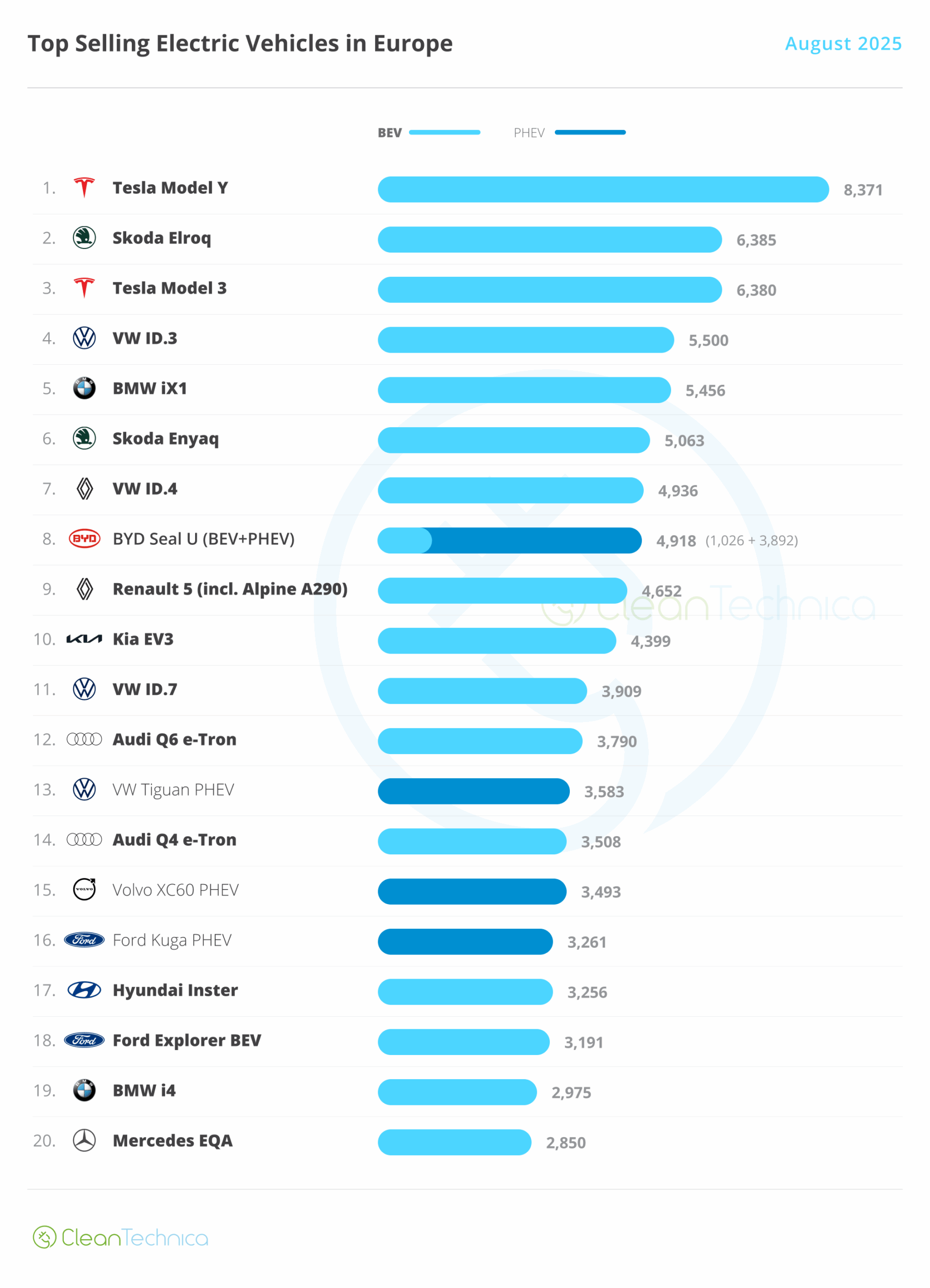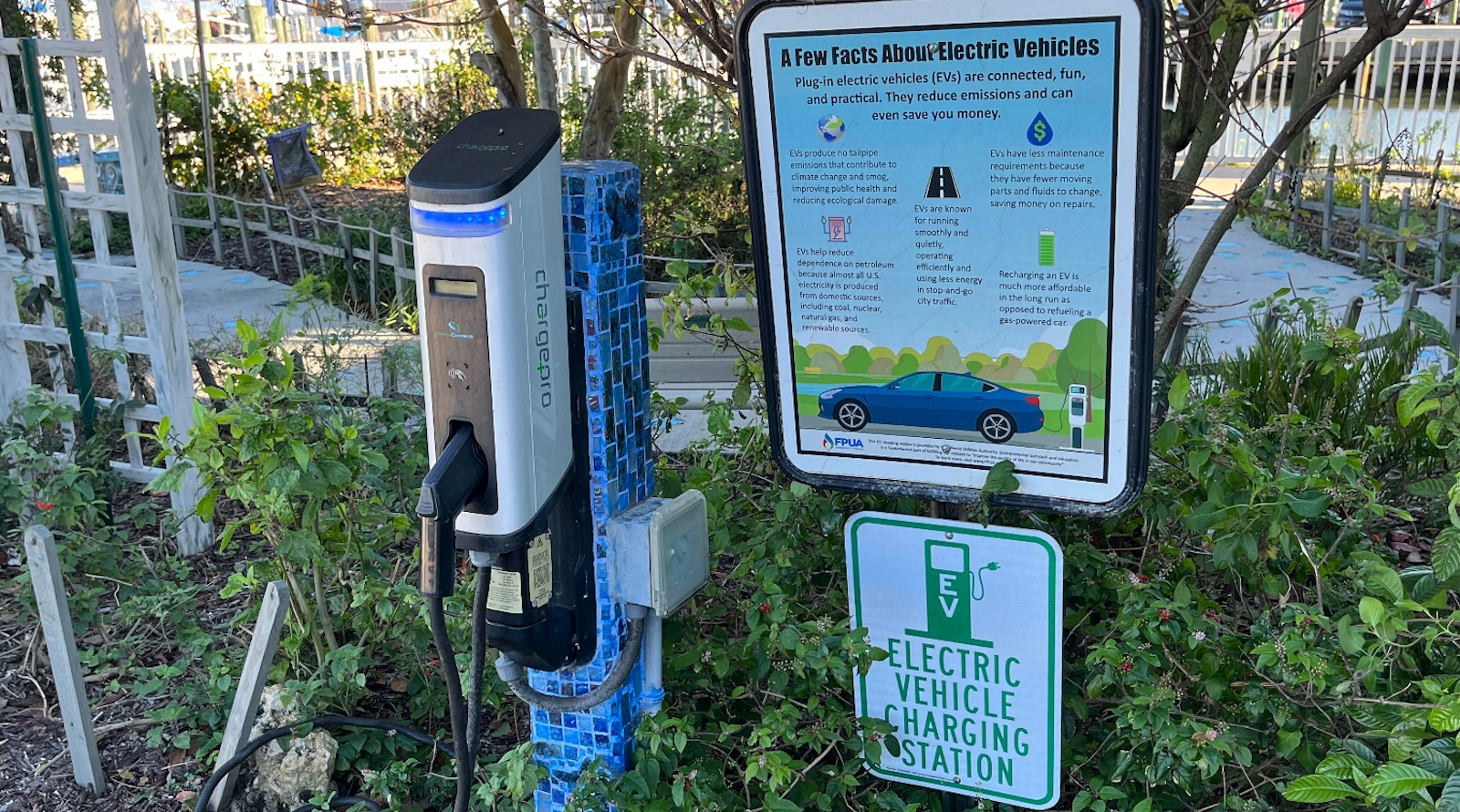Support CleanTechnica’s work through a Substack subscription or on Stripe.
Kenya is one of the countries that stands to benefit the most from accelerating electric car adoption, and thus needs to be more proactive.
Kenya’s grid is already exceptionally clean. Renewables provide around 90% of Kenya’s electricity generation. By gradually increasing the penetration of electric vehicles in Kenya, significant savings in CO2 emissions can be achieved. The good news is there has been significant progress in Kenya’s electric motorcycle sector.
2023 was the first time the Kenyan motorcycle sales market saw a noticeable increase in the share of electric motorcycles in the overall new registrations market. In 2023, there were 70,691 motorcycles sold in Kenya. 2,557 of these were electric. That means 3.6% of motorcycles sold in 2023 in Kenya were electric. That is almost 4%. So, we did not expect it to be long before the market share reached the critical 5% milestone, which is generally viewed as the tipping point indicating the start of mass adoption. The share of electric motorcycles rose to 3.6% in 2023 from 2.8% in 2022 and 0.5% in 2021. 2024 was even better, as the market share surged to 7.1%. The KNBS Economic Survey Report (2025) shows that 68,804 new motorcycles were registered in Kenya in 2024. Of these, 4,862 motorcycles were electric according to data presented by the Electric Mobility Association of Kenya (EMAK). That is where the 7.1% market share comes from.
There is also significant progress in the electric bus sector thanks to players like BasiGo that are leading the way and plan to introduce over 1,000 electric buses over the next couple of years. Looking at EV penetration in the prominent vehicle segments, in 2024, just over 7% of new motorcycle registrations were electric (as already mentioned), followed by 4% for electric tuk tuks, 1.1% for electric buses and minibuses, and then 0.18% for electric cars. As you can see, electric car adoption is lagging in a big way. That’s because the import duty and taxes levied on electric cars in Kenya are ridiculously high, especially for a country that tries to promote the green economy. A post on LinkedIn by BYD Kenya that is trying to promote the adoption of electric vehicles by marketing to individuals, businesses, fleet operators, NGOs, and diplomats provides some interesting information. Diplomats and others do not pay import duties, and, therefore, most companies showcase prices for their cars excluding and including import duties and VAT.
This therefore gives us insight into the impact of Kenya’s high import duties on the final price most consumers need to pay. The import duties and VAT really make a huge difference. Reducing or, even better, eliminating duties and VAT on electric cars to promote adoption would make a massive difference and help catalyse adoption. For example, the duty-free price of the BYD Sealion 7 is 8.7 million Kenyan shillings ($67,180), whereas with import duties included it comes to 12.6 million Kenyan shillings ($97,300). Adding VAT brings the final price the customer pays to almost 14.6 million Kenyan shillings ($112,740). The standard range BYD Dolphin goes for 3.9 million Kenyan shilling ($30,115) excluding import duties, 5.6 million ($43,240) including import duties, and 6.4 million ($49,420) including VAT.
Incentivising electric car adoption has more pros than cons for Kenya, and Kenya really needs to do more to encourage electric car adoption. Moses Nderitu in a recent opinion piece said: “Every EV on the road consumes locally generated power for its entire lifetime, displacing imported fossil fuels that drain our foreign reserves. Kenya already generates over 90% of its electricity from renewable sources, with significant surplus capacity during off-peak hours. EV adoption can absorb that idle clean energy, spur new investment into green generation, and — critically — help lower energy costs for households, businesses, and manufacturers alike. In this sense, energy itself should be considered ‘local content.’ The benefits extend beyond economics. Shifting even 10% of new vehicle registrations to EVs would sharply cut urban air pollution, reduce noise on our streets, and unlock consumer savings through lower operational costs. This is industrialization and environmental health working hand in hand.”
Kenya has a big problem of low electricity demand overnight, resulting in the utility company curtailing some good renewable geothermal generation capacity. As EVs mostly charge overnight when their owners are sleeping, accelerating the adoption of electric cars could help with this. As Moses adds: “50,000 passenger cars would consume about 187.5 GWh/year, 500,000 electric motorcycles would add another 500 GWh/year, and 5,000 electric buses and trucks would contribute roughly 500 GWh/year. Together, that is ~1.19 TWh annually, or about three times the energy Kenya currently curtails from its grid. After absorbing today’s wasted 300–400 GWh, EV growth would require 120–150 MW of new clean generation capacity. That’s not a burden, it’s an opportunity.”
Reports say Kenya’s demand for fossil fuels is now close to $500 million per month! That’s a huge chunk of Kenya’s total import bill. At this pace, in 12 months, Kenya would be spending $6 billion on fossil fuel imports! Kenya therefore really stands to benefit a lot from accelerating the adoption of electric cars and electric vehicles in general. So, why all the inertia? Other countries on the African continent have moved swiftly to reduce or eliminate import duties and taxes on electric vehicles. Ethiopia, Mauritius, Rwanda, Zambia, and Zimbabwe have all recently moved to reduce or even eliminate import duties. This has led to the floodgates opening in Ethiopia, encouraging the government to even ban the importation of ICE vehicles after seeing that going all EV actually works. Imports of EVs in Zambia surged by 330% after import duties were removed. Kenya stands to benefit the most from encouraging EV adoption, which is why it is really puzzling to see Kenya being so slow on this while other countries in Africa are acting quickly.
Rwanda, a country with a smaller population and generally a smaller car market, has more electric cars on the road than Kenya. Almost 3 times more electric cars than Kenya. This is due to several firms opening up shop in Rwanda and supplying electric cars in good numbers there since Rwanda removed import duties on electric vehicles. Several firms are also actively promoting electric cars in Kenya. They just need more support from government on the policy side of things to help accelerate adoption of electric cars in Kenya. It appears for the relevant stakeholders, all the conversation is around electric motorcycles in Kenya. They really should not leave out electric cars in all this.
Sign up for CleanTechnica’s Weekly Substack for Zach and Scott’s in-depth analyses and high level summaries, sign up for our daily newsletter, and follow us on Google News!
Have a tip for CleanTechnica? Want to advertise? Want to suggest a guest for our CleanTech Talk podcast? Contact us here.
Sign up for our daily newsletter for 15 new cleantech stories a day. Or sign up for our weekly one on top stories of the week if daily is too frequent.
CleanTechnica uses affiliate links. See our policy here.
CleanTechnica’s Comment Policy




